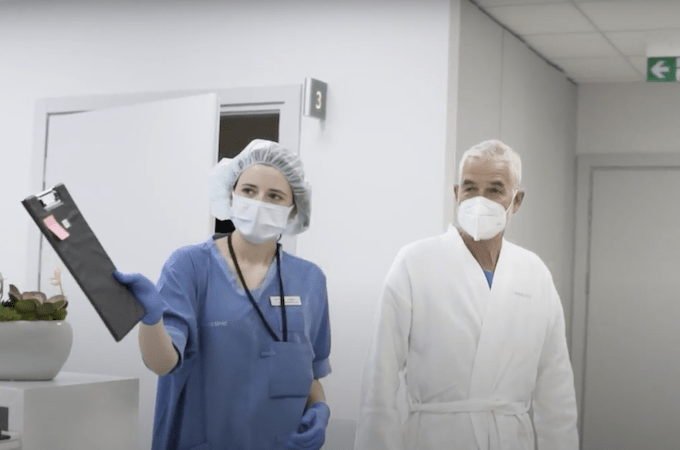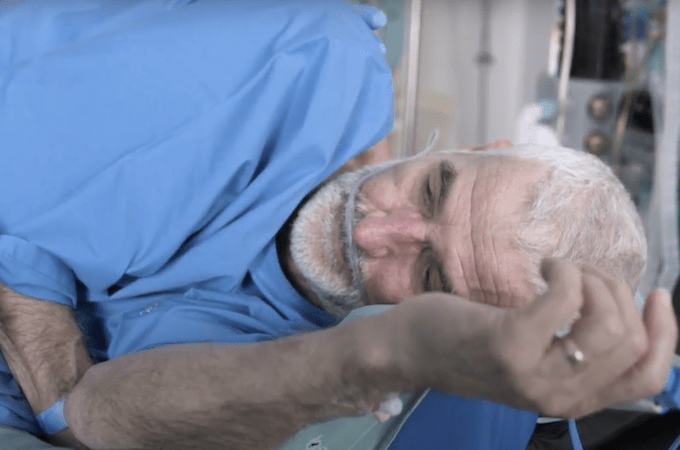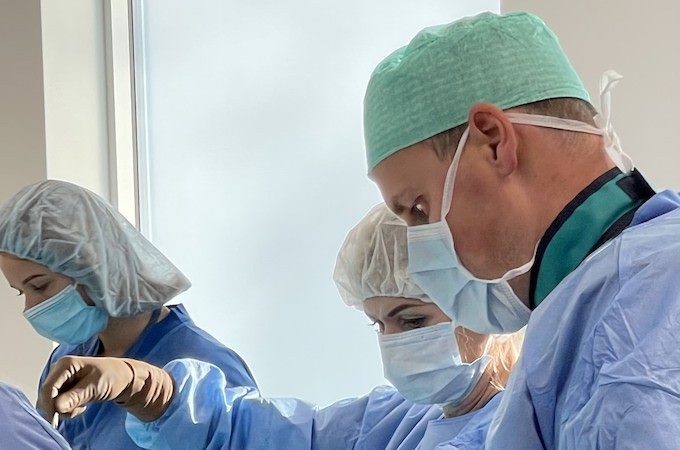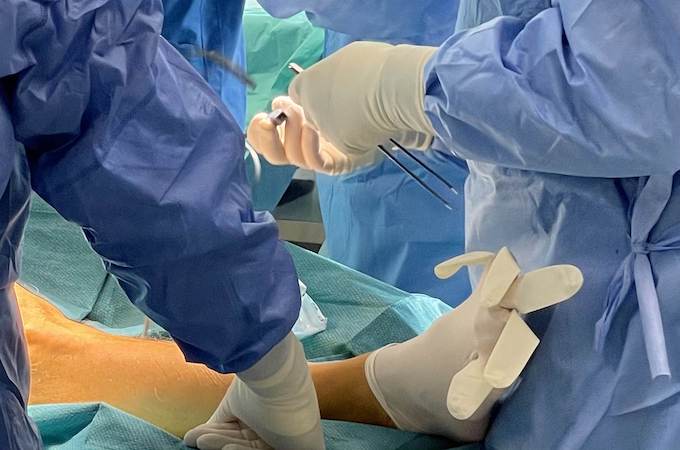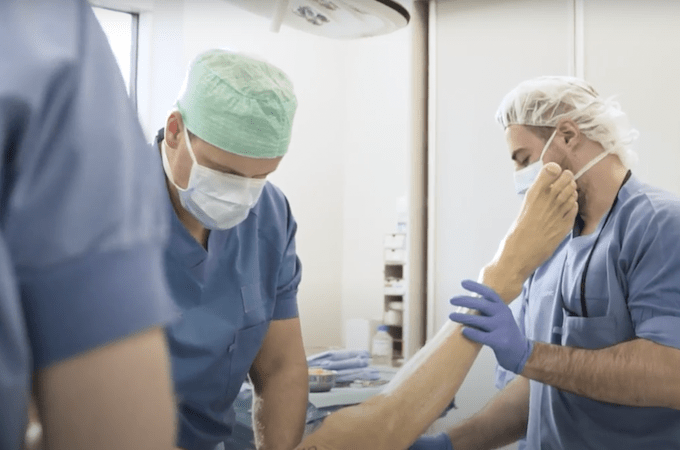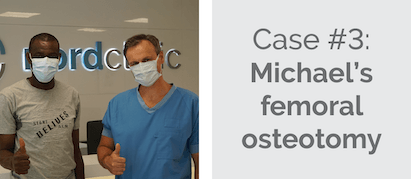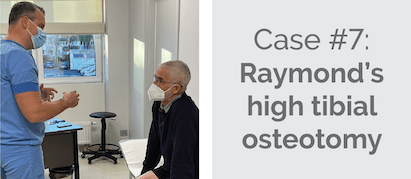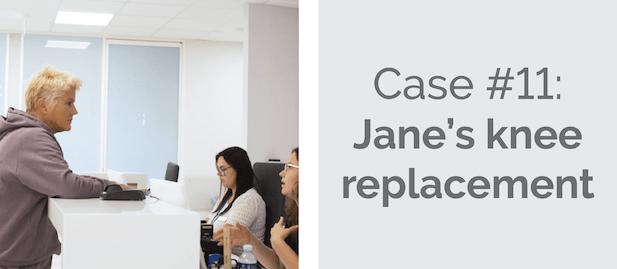Raymond's story
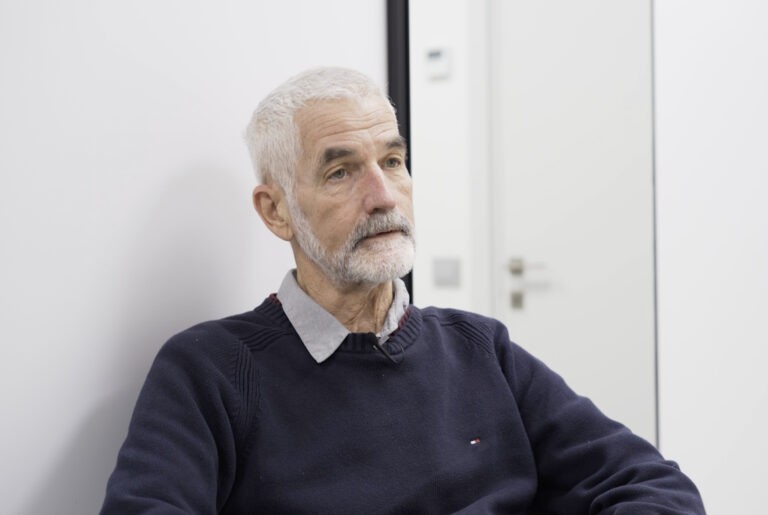
Raymond is a 74-year-old former athlete who in 2017 competed on Team Canada in the World Championship, long course triathlon and developed an injury during the running stage. His main goal is to return to competitive running. Though high tibial osteotomy (HTO) surgery is usually ideal for patients who are under 65, every case is different and the surgeon makes an individual decision. This case is not very common, but Raymond is very active and was well-informed about the procedure and what it entails.
Raymond's diagnosis
If the patient is physically active and has osteoarthritis with a deviation of the mechanical leg axis at the expense of the tibia, both, knee replacement or HTO is possible.
Performing the surgery
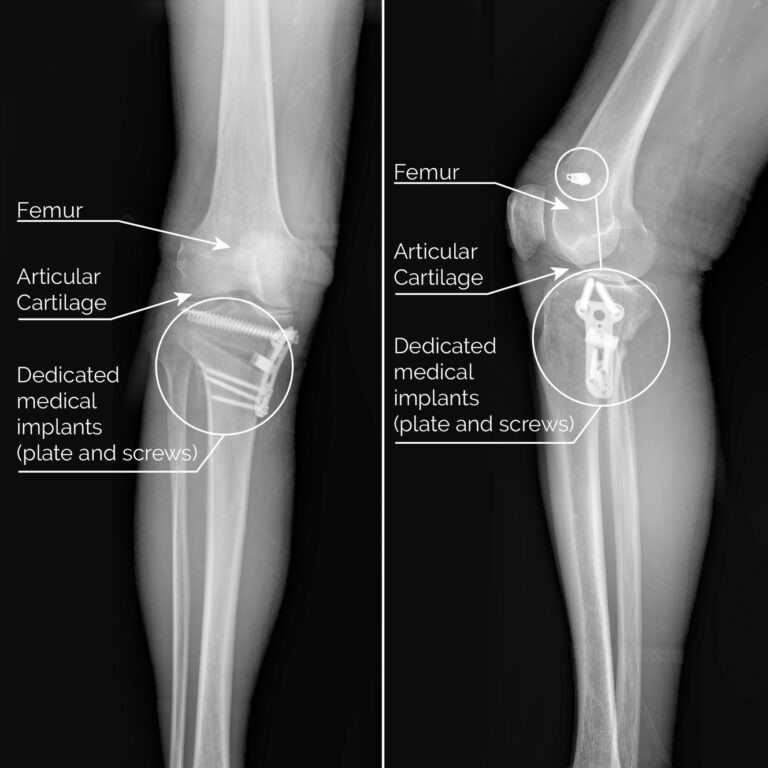
Raymond’s knee after the surgery
After the surgery
High tibial osteotomy is ideal for active, non-obese patients who are younger than 60 years old. In some cases, like Raymond’s, a high tibial osteotomy can be suitable for older patients if arthritis damage is in just one area and the person has been leading an active lifestyle like doing professional sports or has a history of lifelong sporting activities.
The final result depends on a lot of factors and variables. A procedure might delay endoprosthesis, but patients need to be aware that other surgeries might be required if the osteoarthritis progresses.
The healing process usually takes around 6 weeks until the patient is ready to come back to daily activities. Full recovery usually takes up to a year and long term rehabilitation is needed.



